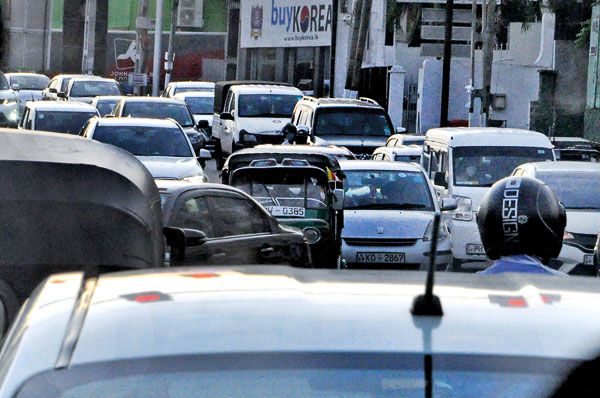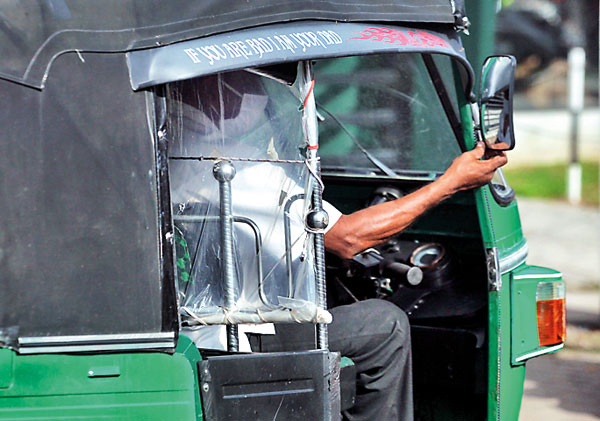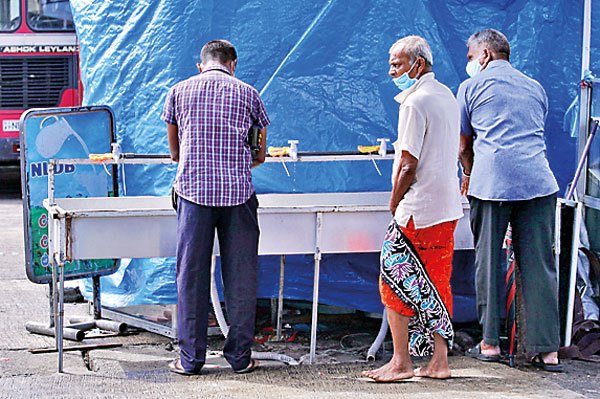News
Gearing up to hit the road: Fears over post-curfew traffic chaos

Slowly but surely traffic is picking up once again
Colombo and suburban roads that saw little vehicular movement are gradually attracting traffic with the authorities relaxing the two-month-old lockdown to bring back normalcy.
However, experts express the fear that post-curfew traffic congestion can be overwhelming and stressful to both passengers and drivers.
“The streets of Colombo were always busy. This is the first time city roads were empty for this long and most people stayed indoors for so long. Once the curfew is lifted, the people will get into the streets especially with the resumption of the public transport service. But the issue is whether they would adhere to strict health protocols,” said Dewapriya Hettiarachchi, Secretary to the Automobile Association of Sri Lanka.
Sri Lanka has more than five million vehicles, according to Central Bank statistics. The majority are motorbicycles — more than over 2.2 million. There are about 970,000 three wheelers, about 582,000 private cars, about 220,000 goods transport vehicles and about 52,000 buses (both SLTB and private). The Western province has the highest number of 1.5 million vehicles. There are about 20,000 buses in the Colombo, Gampaha and Kalutara districts.
“The prevailing curfew in the Colombo and Gampaha districts, paired with reduced workforce in offices and schools closure, will see less traffic in the coming weeks. The authorities should conduct awareness programmes on traffic safety in keeping with social distancing and other safety measures before lifting the curfew,” Mr. Hettiarachchi said.

The Police Traffic Control and Road Safety Director, Indika Hapugoda, told the Sunday Times that Traffic Police had already begun a programme to check vehicles whether they carried travel permits and whether the public transport services carried passengers as recommended by the health authorities.
“At present essential services are in operation and only one third of employees are reporting to work. We are not sure how the people will behave once the curfew is lifted and public travel resumes,” the Senior Superintendent said.
According to him, as there will be a limit on the number of passengers a vehicle could carry, private bus and school vans operators will face a major issue with regard to their revenue.
“Most of them are frustrated as they earned virtually no income in the past two months of curfew. Once they are allowed to operate, they may resort to unsafe competition. Also there is a possibility of increased traffic with people using their own vehicles rather than taking public transport because of the fear of the COVID virus,” he said.

Social distancing and washing hands at the Pettah bus stand. Pix by Sameera Weerasekera
The SSP said the islandwide night curfew has reduced the number drunk driving arrests.
Meanwhile, the National Building Research Organisation’s senior air quality scientist H.D.S. Premasiri said the air pollution levels especially in Colombo city was gradually rising, after dropping to a healthy level during the full lockdown period.
“Prior to the curfew, Colombo’s air quality levels were about 100-150 (unhealthy to sensitive groups) with mainly vehicular traffic contributing towards poor air quality. During the curfew, there were little vehicular movement and industrial activities, leading to the air quality level improving to about 40-60 (good-moderate),” he said. 



